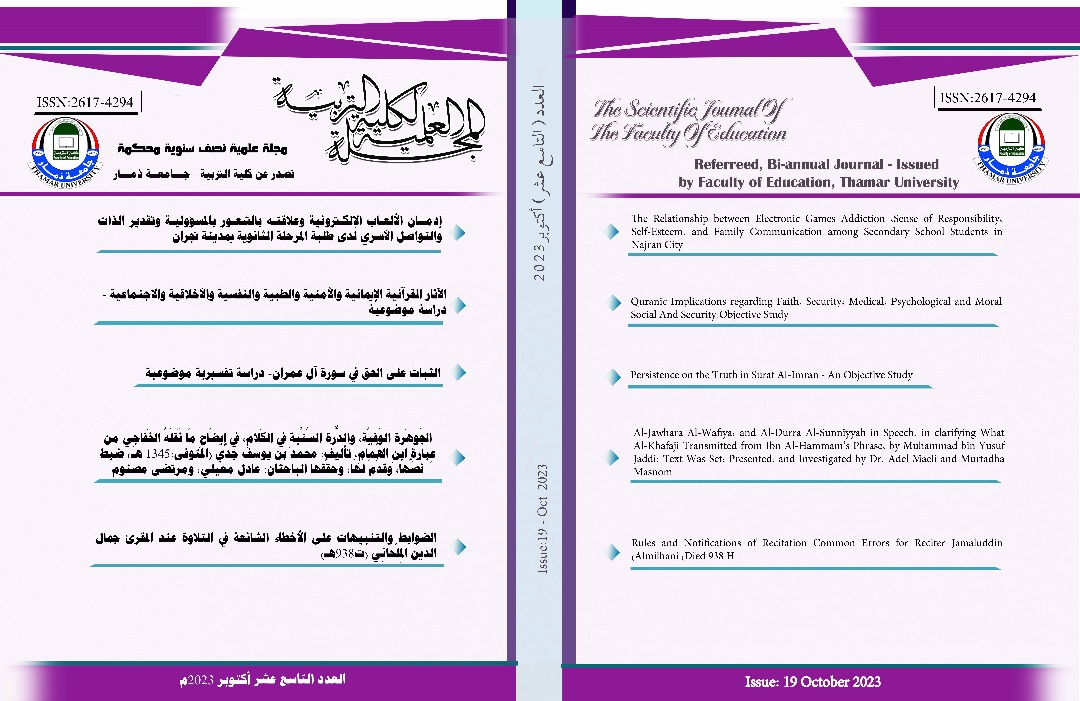The Rapport between Gender, Society and Language
The Rapport between Gender, Society and Language
DOI:
https://doi.org/10.60037/edu.v1i19.1632Keywords:
gender, gender identity, gender roles, language, sex, societyAbstract
This article reviews how gender and society interact in linguistic, social, and epistemic contexts to produce various structures that set one gender group apart from another. Gender, to some extent, influences word choice and the use of particular language patterns. However, society and culture are extremely important in differentiating male and female interactions, whether within the same gender group or in cross-gender encounters. This is explained by the fact that people are socially constituted. Depending on reviewing the approaches to gender and language, the conclusion reached was that men and women speak in distinct ways. It was noticed that women are corrected or mocked at if they seek to express themselves aggressively or use language that is similar to that of men because it is thought to be inconsistent with their personality. Male and female social power dynamics are thought to be the cause of this discrepancy. Men's interactions, for instance, are frequently marked by interruptions, silences during conversations, and unintentional conduct. This is due to the perception that men and women come from different cultures, leading to the description of interactions between men and women as cross-cultural communication rather than cross-sex conversation. However, depending on certain circumstances (variables), it is sometimes permissible for a person to behave in accordance with the gender group they are confronting.

Published
How to Cite
Issue
Section
License
Copyright (c) 2023 Researchers always retain copyright. The research is licensed under an open Creative Commons CC BY 4.0 license, which means that anyone may download and read the research for free. It is also permissible to reuse and quote the research provided that the original published source is cited. These conditions allow maximum use of the researcher's work and presentation.

This work is licensed under a Creative Commons Attribution 4.0 International License.
This journal is open access, which means that all of its contents are available free of charge to the user or his institution. Users are permitted to read, download, copy, distribute, print, search, link to, or use the full texts of articles for any purpose. For any other legal purpose, without requesting prior permission from the publisher or author, provided that the original published source is cited and referred to. This is consistent with the DOAJ definition of open access.; Researchers also always retain copyright. The research is licensed under an open Creative Commons CC BY 4.0 license.
Scientific Journal of the Faculty of Education, Thamar University © 2006 by Faculty of Education is licensed under Attribution 4.0 International






